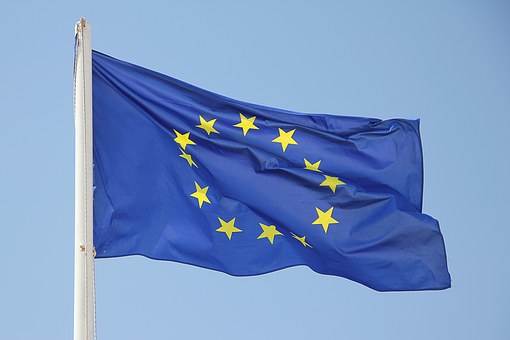 According to a recently released survey by IHS, the Eurozone manufacturing activity fell in July, reaching its fastest step since the end of 2012, reinforcing fears about the bloc's economic outlook.
According to a recently released survey by IHS, the Eurozone manufacturing activity fell in July, reaching its fastest step since the end of 2012, reinforcing fears about the bloc's economic outlook.
IHS's Purchasing Managers’ Index (better known as PMI) was at 46.5, behind June's 47.6, being its sixth month behind 50 (when the index is behind this figure it means that the manufacturing sector is contracting). This is the lowest figure since December 2012 and, according to IHS's chief economist, it's is a sign of a deteriorating economic situation.
“The eurozone PMI dashboard is a sea of red, with all lights warning on the deteriorating health of the region’s manufacturers,” he said
Donald Trump's trade wars and the Brexit are behind this slowing down since it undermines the demand and affects the confidence of the economic agents. In fact, the future output index went from 56.6 to 52.6, also its lowest reading since December 2012.
“Rising geopolitical concerns, including trade wars and Brexit, and worries about slower economic growth both domestically and internationally were all widely reported as having subdued current demand and hit confidence in the outlook,” he added.
Preliminary growth data was released recently, showing a slowing down economic growth in the Eurozone. The Eurozone GDP grew 0.2% in Q2, down from 0.4% in Q1. The year-to-year GDP growth was at 1.1% falling from 1.2% in the last period. The unemployment level fell to 7.4% from 7.5%, the lowest since mid-2008.
Inflation is expected to be at 1.1%, way behind the European Central Bank target and down from June's 1.3%.
The ECB is expected to launch a stimulus plan to counter the effects of the global economic uncertainty, consisting of rate cuts and Bond-purchasing.
European Shares were down this morning after investors feel disappointed by the Federal Reserve's latest signal. The pan-European benchmark stock index STOXX 600 fell 0.2% by 0708 GMT but bounced back, rising 0.3% by 0923 GMT.
